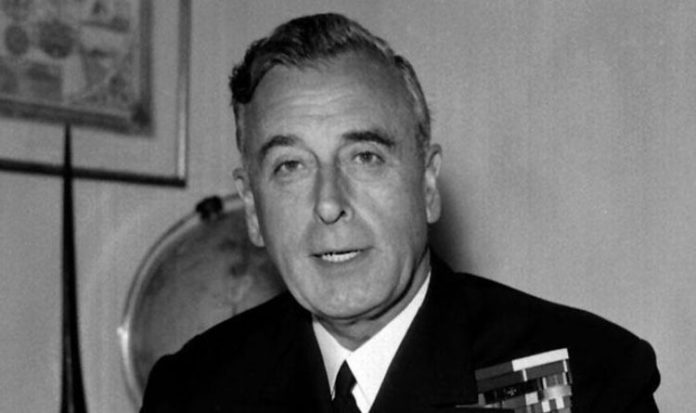Lord Mountbatten: India Hicks recollects day of IRA assassination
Lord Louis Mountbatten — affectionately known as Dickie — was a long-term friend of the Royal Family and one of Queen Victoria’s great-grandsons. He was Prince Philip’s uncle and helped facilitate his marriage to Queen Elizabeth II. Dickie then stepped in as a mentor to Prince Charles by advising him on who to take as a royal bride.
His memory still lives on in the Royal Family — Prince William named his third child after the royal stalwart, and some male descendants of the Queen have taken the personal surname of Mountbatten-Windsor.
His tragic death in 1979 stunned the Palace and Britain alike.
Although it took place more than 40 years ago, the events of his assassination have been revisited after Netflix’s hit show, The Crown, dramatised Dickie’s death in one of its episodes.
Dickie was out lobster fishing on his wooden boat named Shadow V near his holiday home in the west of Ireland when an Irish Republican Army (IRA) bomb, which was secretly hidden aboard, exploded.
He was accompanied by his elder daughter Patricia Knatchbull, her husband, his twin 14-year-old grandsons, his son-in-law’s mother Dowager Lady Brabourne, and a 15-year-old boat boy.
Dickie was pulled from the water alive following the explosion which blew apart the boat, but died soon after.
His grandson Nick died immediately from the blast, as did the boat boy Paul Maxwell, while Dowager Lady Brabourne died the next day.
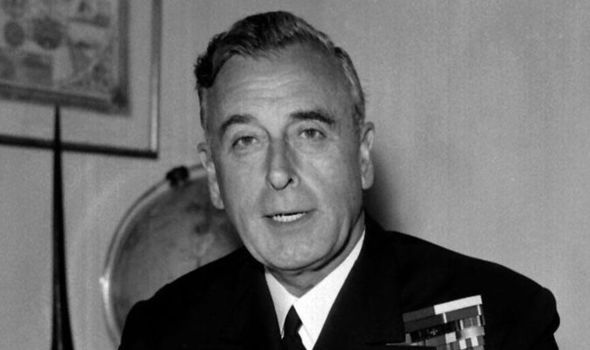
Lord Louis Mountbatten was murdered in 1979 (Image: PA)
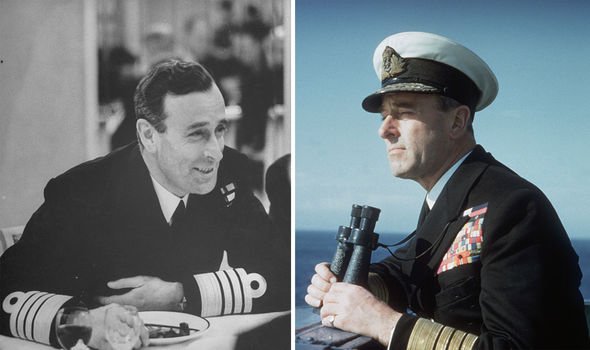
Mountbatten’s murder stunned international spheres (Image: Getty)
The BBC reported that there was no security around the moored boat before the attack.
A witness also told the BBC that the boat was blasted to “smithereens” just 15 minutes after setting sail.
Another told the New York Times: “The boat was there one minute and the next minute it was like a lot of matchsticks floating on the water.”
The event occurred in the midst of the Troubles in Northern Ireland, where Unionists and Republicans were fighting over where the country should be part of the Republic of Ireland of the UK.
The dispute was also centred around a religious conflict between Roman Catholics and Protestants.
At the time, many British soldiers were stationed in Northern Ireland in an attempt to dispel the tensions.
The IRA was the largest of the pro-republican bodies.
READ MORE: Kate and William’s Royal Train ‘saved from scrapheap’ amid cutbacks
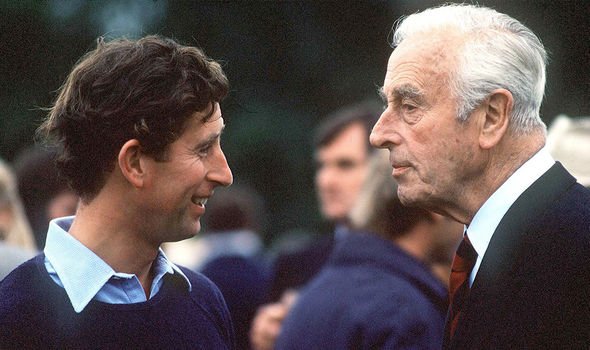
Charles saw Mountbatten as a substitute grandfather (Image: Getty)
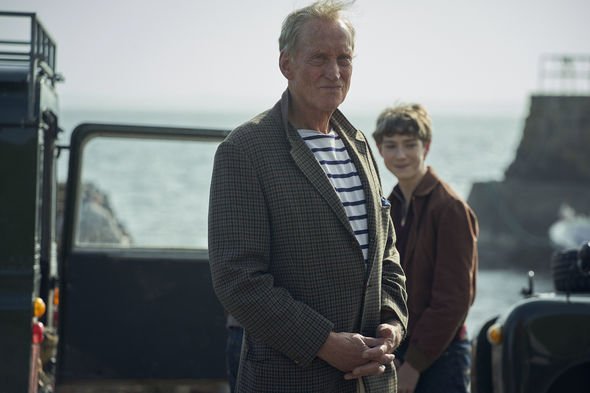
The Crown’s Charles Dance plays Mountbatten (Image: Netflix)
The terrorist group quickly claimed responsibility for the “execution of Lord Mountbatten”.
In an official statement, the IRA said: “Bombing was a discriminate act to bring to the attention of the English people the continuing occupation of our country.
“The British Army acnkowledge that after 10 years of war it cannot defeat us but yet it continues with the oppression of our people and torture of our comrades in H Block.”
H Block was a nickname assigned to Northern Ireland’s Maze Prison, which had H-shaped blocks and was the location many paramilitaries were taken to during the Troubles.
The statement continued: “Well, for this, we will tear out their sentimental imperialist hearts.
“The death of Lord Mountbatten and tributes paid to him will be seen in contrast to the apathy of the British Government and English people to the deaths of over 300 British soldiers and the death of Irish men, women and children at the hands of their forces.”
On the same day, August 27 1979, the IRA also killed 18 British soldiers near Warrenpoint, in Northern Ireland.
This was the single heaviest death toll for the British Army for a decade at the time.
DON’T MISS
Mountbatten’s ‘kniving’ influence on Prince Charles torn apart [INSIGHT]
Princess Diana ‘had 10 affairs before Charles returned to Camilla’ [EXPLAINED]
Mountbatten warned Charles he was on ‘Edward VIII’s downward slope’ [EXPOSED]
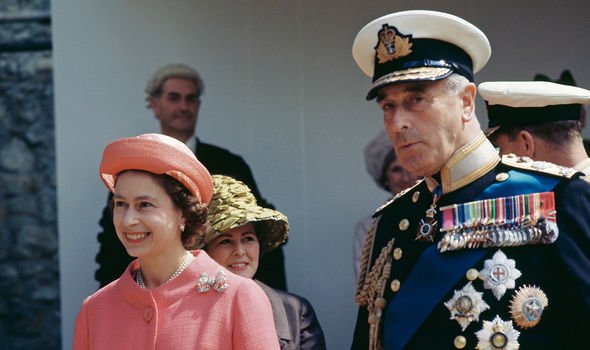
Mountbatten with the Queen — he was a close friend and she called him ‘Uncle Dickie’ (Image: Getty)
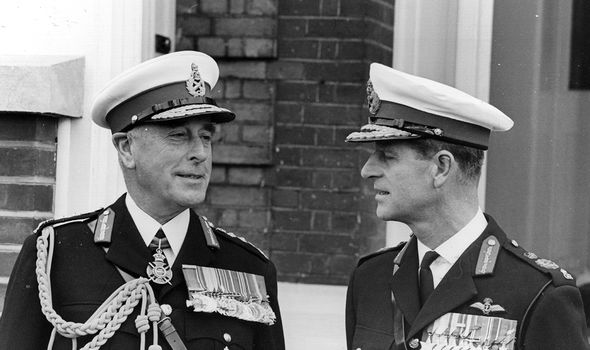
Mountbatten was seen as a mentor to Prince Philip (Image: Getty)
The attack, along with Dickie’s assassination, was perceived as an act of vengeance for Bloody Sunday in 1972, when British soldier shot 13 unarmed civilians dead during a protest march in Derry, Northern Ireland.
The Northern Catholics had been speaking out against the internment of suspected Irish nationalists.
After Lord Mountbatten’s death, graffiti began appearing in republican areas which declared: “13 dead and not forgotten, we got 18 and Mountbatten.”
The IRA’s actions were seen as a war crime, particularly as women and children had been involved in the boat explosion, too.
Dickie did not have a particular connection with the sectarian dispute, but he was the former chief of the British defence staff and the last Viceroy of India, meaning he was associated with imperialist rule.
His strong connection to the Royal Family’s main members was also public knowledge.
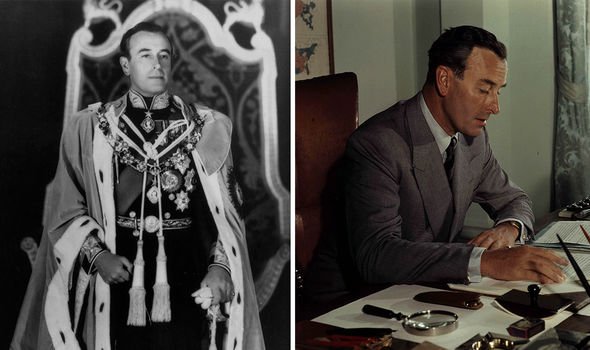
Mountbatten was the last Viceroy of India, and helped implement independence in 1947 (Image: Getty)
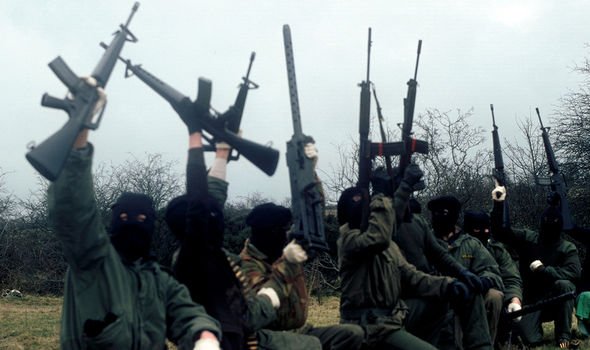
The IRA claimed responsibility for Mountbatten’s murder (Image: Getty)
Additionally, Dickie was a respected royal, and considered an “easy target”, according to History.com.
His boat was unguarded and Dickie had repeatedly refused to have any security detail, despite receiving IRA threats.
The 79-year-old had said: “Who the hell would want to kill an old man anyway?”
His secretary John Barratt said at the time: “He never thought of himself as a terrorist target.”
His death shook the monarchy to its core.
The Queen was said to be “deeply shocked” when she heard of his murder, while Charles reportedly struggled to eat in the wake of Dickie’s demise.
Political Science Professor Timothy White told History.com: “By killing such a high-profile and public figure, the IRA wanted everyone in England to feel scared of the potential of the IRA to terrorise the British population.”
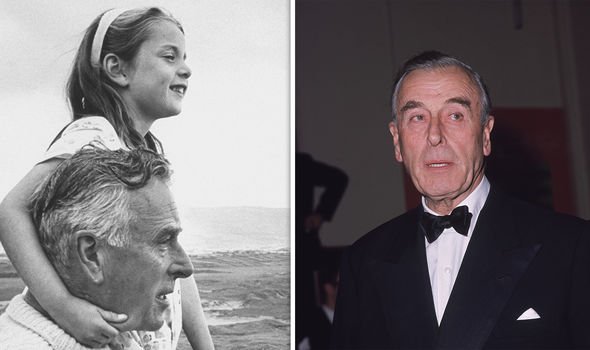
Mountbatten with one of his grandchildren (L) (Image: Getty)
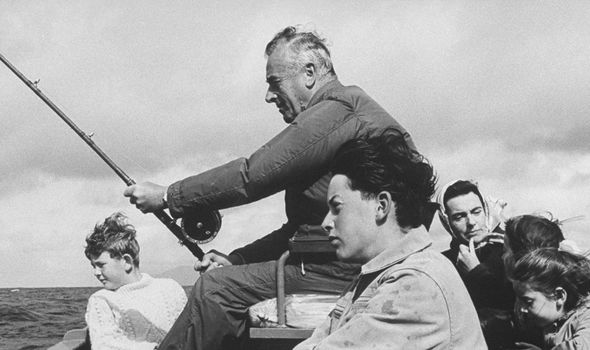
Mountbatten on holiday with his family in 1963 (Image: Getty)
The circumstances of his death were investigated afterwards amid fury within the Irish Government that a guest had been killed, while the Ulster Unionists, called for increased security.
Then Prime Minister Margaret Thatcher also released a statement, which read: “His death leaves a gap that can never be filled.
“The British people give thanks for his life and grieve at his passing.”
Relations began to heal just before the turn of the 21st Century.
The Troubles were resolved in 1998 through the Good Friday Agreement, although more than 3,600 people had died by then.
Former IRA member Tommy McMahon was imprisoned for life for Dickie’s murder, but was released in August 1998 under the Good Friday Agreement.
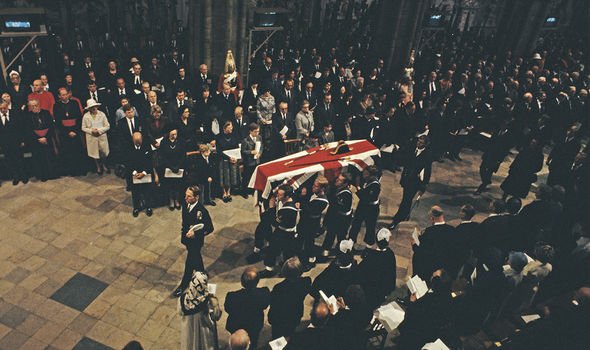
Mountbatten’s funeral in 1979 was a ceremonial affair (Image: Getty)
The Queen, Dickie’s second cousin, even shook hands with the former IRA chief Martin McGuinness, who many claim bore responsibility for the assassination in 2012.
When visiting the site of Lord Mountbatten’s death in 2015, Charles told a crowd: “At the time I could not imagine how we could come to terms with the anguish of such a deep loss, since for me Lord Mountbatten represented the grandfather I never had.
“It seemed as if the foundations of all that we held dear in life had been torn apart irreparably.
“Through this experience, I now understand in a profound way the agonies borne by so many others in these islands, of whatever faith, denomination or political tradition.”
Borrowing from Irish poet W.B. Yeats, Charles added: “Peace comes dropping slow.”
